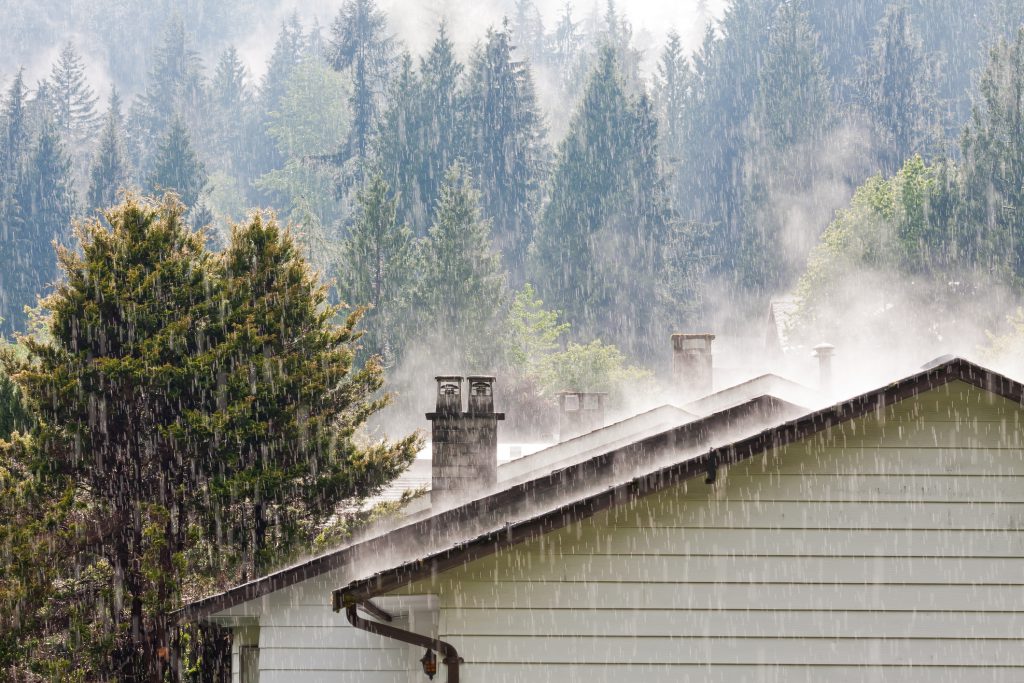Rain Damage & Home Insurance

Rain Damage & Home Insurance knowledge tips will help you understand the importance of maintenance the property from rain damage. Heavy rainfall can have a quick and devastating impact on homes and buildings, marring roofs and siding or causing sump pumps and drains to overflow. Yet, many Homeowners are unaware that many property insurance policies do not cover water damage associated with wear-and-tear, lack of maintenance, etc. Therefore, helping our clients to understand the “covered perils” under their policy as well as offering tips to prepare and maintain property from rain damage is more important than ever.
Rain can be a blessing, especially in drought-prone areas such as California. Moreover, water damage from rain is not typically welcomed. Did you know that most property insurance policies do NOT cover expenses for water damage associated with wear-and-tear, lack of maintenance, and other causes? You can check your policies “Covered Perils” and if you have any questions about water damage coverage, contact you insurance agent.
Properly preparing and maintaining your property can help mitigate you Rain Damage & Home Insurance problems.
We offer several tips here
Avoiding rain damage can be as simple as making sure the water has somewhere to go. Therefore, gutter and downspout maintenance is essential.
Clean Gutters– Clogged gutters, downspouts, and scuppers can cause water to backup and damage your roof. Clear these of debris at least twice a year.
Trim Trees -Trim any surrounding trees away from your roof to prevent clogs (leaves and sticks can build up in gutters). Also, it will prevent premature aging of the roof which can lead to water infiltration.
Align Gutters – If there is any standing water in your gutters, adjust them so they gently slope toward the downspout.
Aim Downspouts– Funnel water by ensuring downspout endings are pointing away from buildings. Moreover, it is preventing water from accumulating at foundations or flooding basements
Inspect Roofs– Inspect the roof for any shingle damage. Missing or cracked shingles pose a threat to future rain damage. Black grit building up in gutters can be a sign of the shingles deteriorating.
Secure Air Conditioners- Proper installation of wall air conditioner (AC) units can significantly reduce water entry during severe storms. Ensure caulking and weather stripping around the unit is intact. If the AC has an internal drain pipe, check that it’s adequate and water can flow freely.
